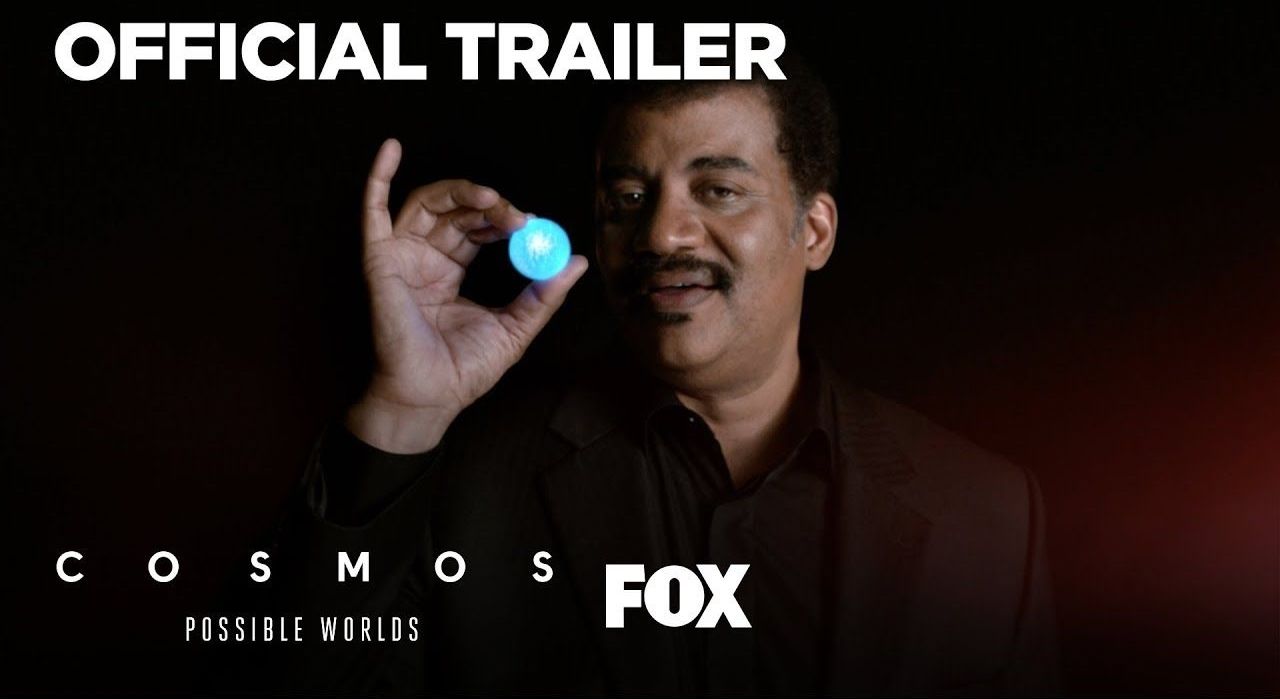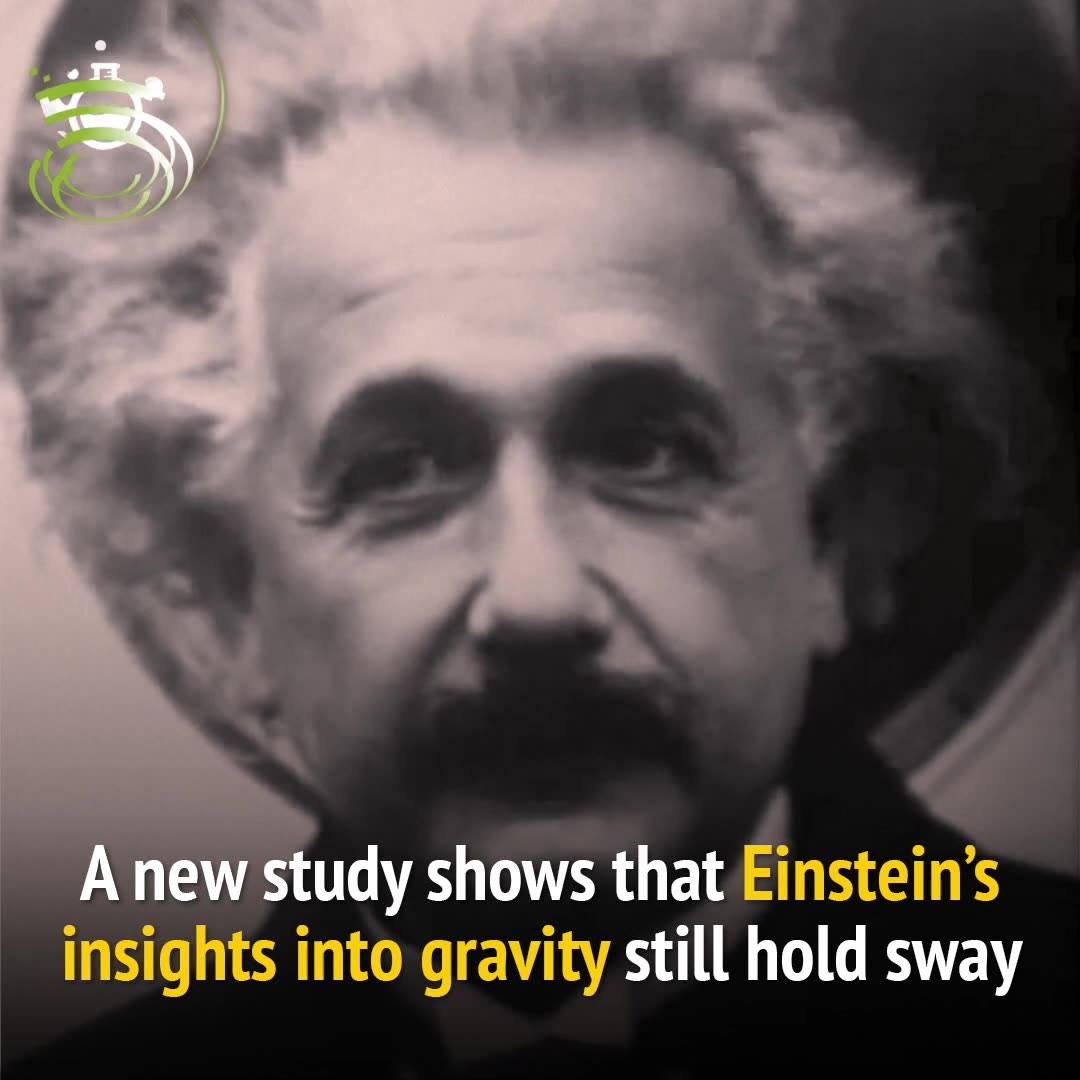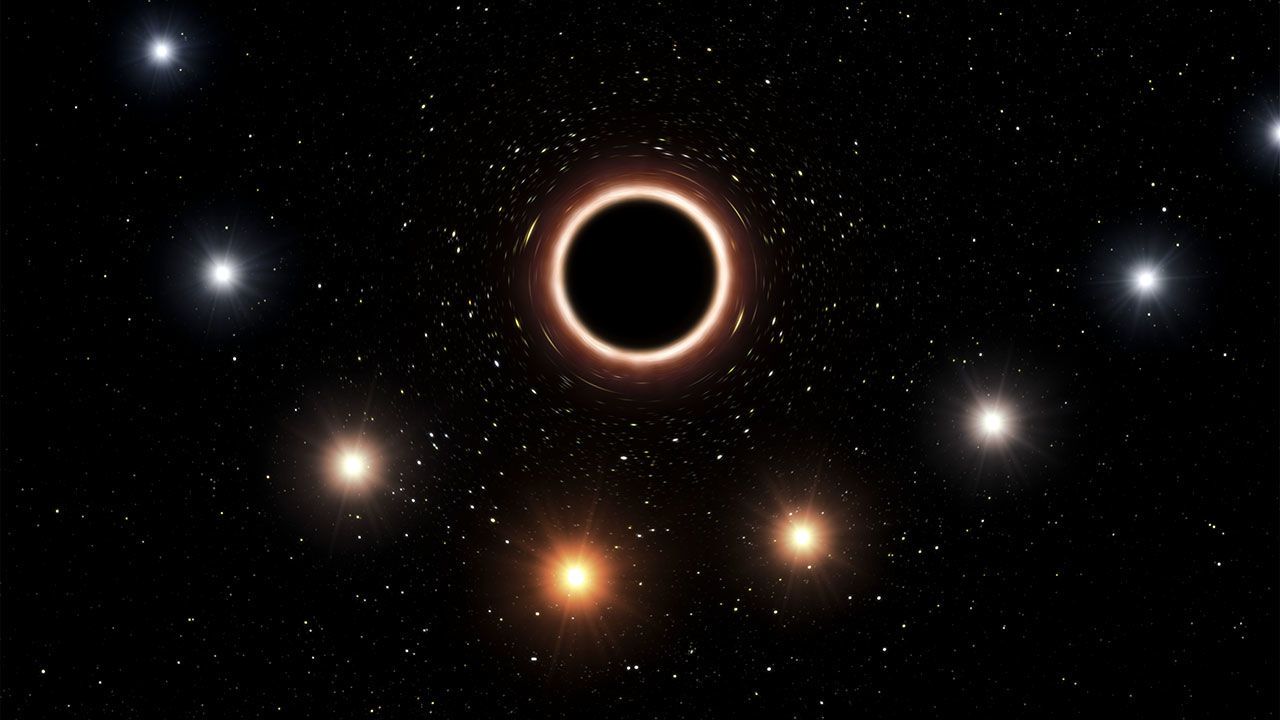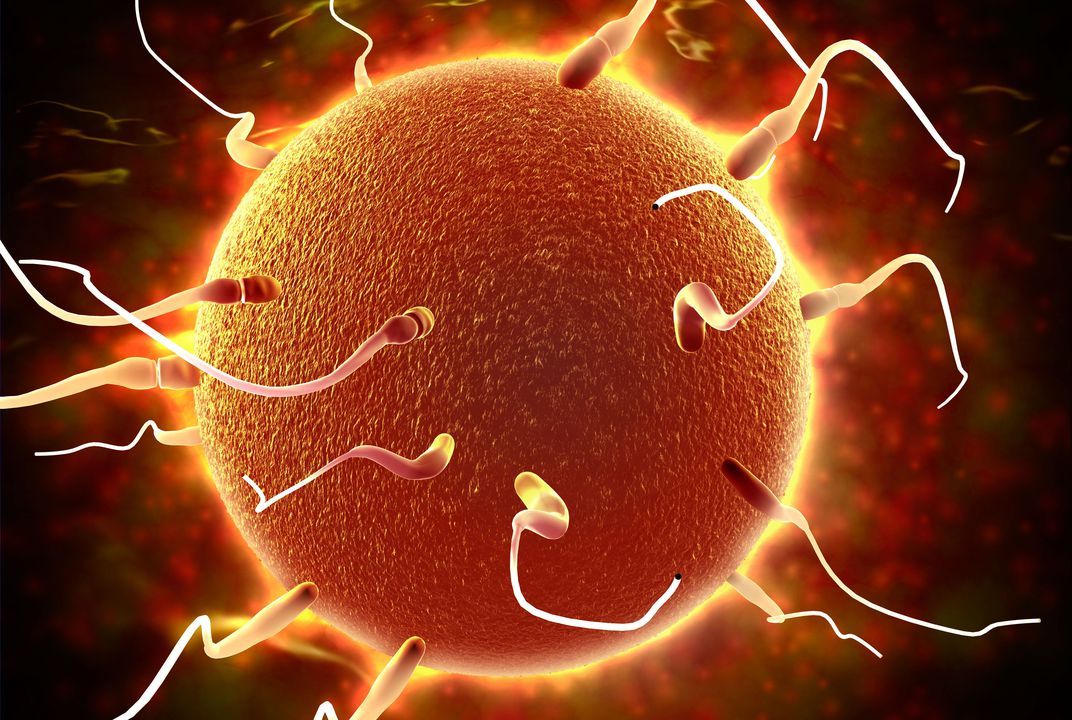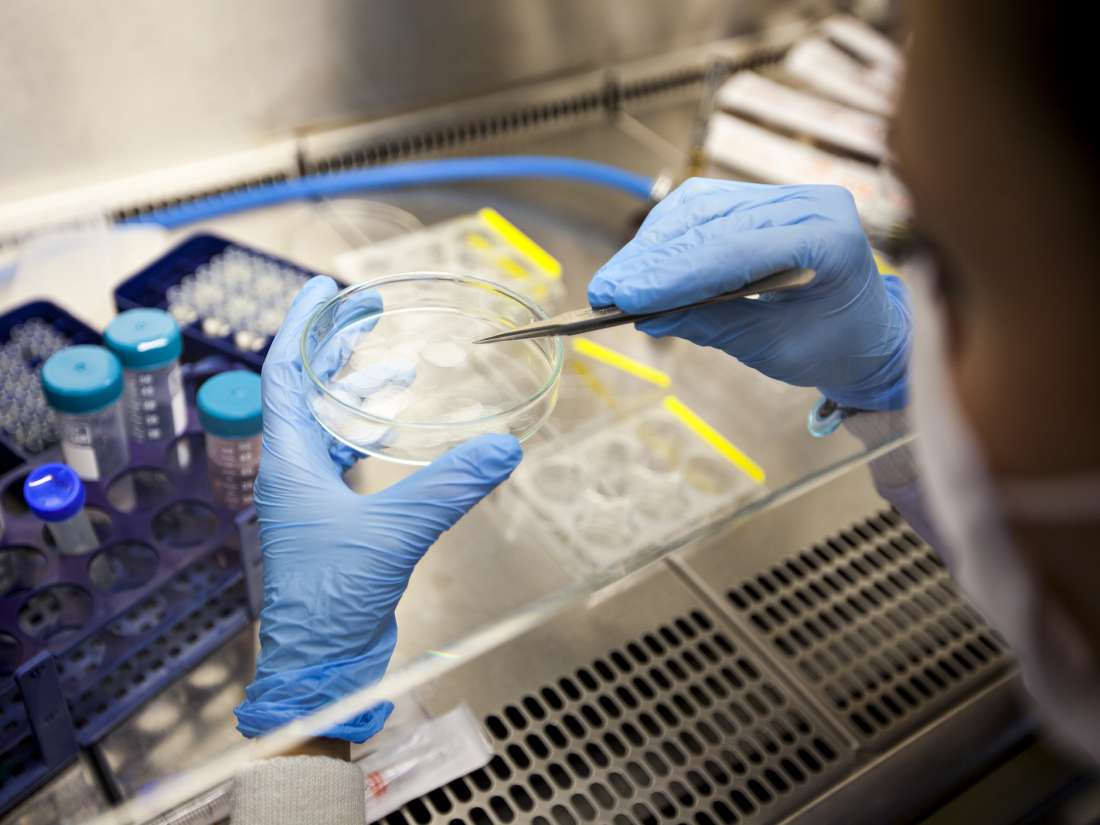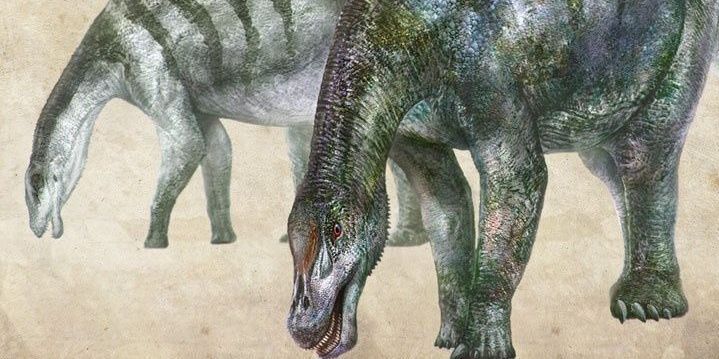Watch the official trailer for Cosmos: Possible Worlds.
Subscribe now for more Cosmos: Possible Worlds clips: http://fox.tv/SubscribeFOX
See more of Cosmos: Possible Worlds on our official site: https://fox.tv/CosmosPossibleWorlds
Like Cosmos: Possible Worlds on Facebook: https://fox.tv/CosmosPossibleWorlds_FB
Follow Cosmos: Possible Worlds on Twitter: https://fox.tv/CosmosPossibleWorlds_TW
Follow Cosmos: Possible Worlds on Instagram: https://fox.tv/CosmosPossibleWorlds_IG
Like FOX on Facebook: http://fox.tv/FOXTV_FB
Follow FOX on Twitter: http://fox.tv/FOXTV_Twitter
Add FOX on Google+: http://fox.tv/FOXPlus
Airing as a global event on FOX and National Geographic, the Emmy and Peabody Award-winning COSMOS will return for its third season in Spring 2019. It will once again be executive-produced, written and directed by Ann Druyan (NASA’s Voyager Record, “Cosmos: A Personal Voyage,” “Contact”) and executive-produced by Seth MacFarlane (FAMILY GUY, THE ORVILLE, COSMOS: A SPACETIME ODYSSEY), Brannon Braga (THE ORVILLE, COSMOS: A SPACETIME ODYSSEY), who also is co-writer and director of the series, and Jason Clark (THE ORVILLE, COSMOS: A SPACETIME ODYSSEY). Neil deGrasse Tyson, the famed pop-culture icon, astrophysicist and host of the Emmy Award-nominated “StarTalk,” will return as host. Co-created by the legendary astronomer Carl Sagan and Ann Druyan in 1980, COSMOS has transported a global audience to the farthest reaches and most deeply hidden recesses of the universe. In the course of those journeys, the series has examined the real stories of the forgotten searchers who helped us understand our place in the universe. Following the wildly successful second season, COSMOS: A SPACETIME ODYSSEY, seen by more than 135 million people worldwide on National Geographic and FOX, and the most-watched series ever on National Geographic Channels internationally, the new season, COSMOS: POSSIBLE WORLDS, will premiere in the U.S. on both FOX and National Geographic and globally on National Geographic in 180 countries and 43 languages. Continuing the legacy of its predecessors, COSMOS: POSSIBLE WORLDS will translate the revelations of science into a lavishly transporting experience, taking audiences on a series of spiritual voyages of exploration. We are living in the golden age of discovery of new worlds to explore and possibly inhabit. In the vastness of time and the immensity of space, their number and the stories they contain are virtually infinite. The new season will reveal previously uncharted realms, including lost worlds and worlds to come, and those that we may one day inhabit in a thrilling future we can still have. In conjunction with the launch of the new season, National Geographic Books also will publish a companion book, COSMOS: POSSIBLE WORLDS, by Ann Druyan, the long-awaited follow-up to Carl Sagan’s historic international bestseller, COSMOS: A Personal Voyage.
COSMOS: POSSIBLE WORLDS | Official Trailer | FOX BROADCASTING
